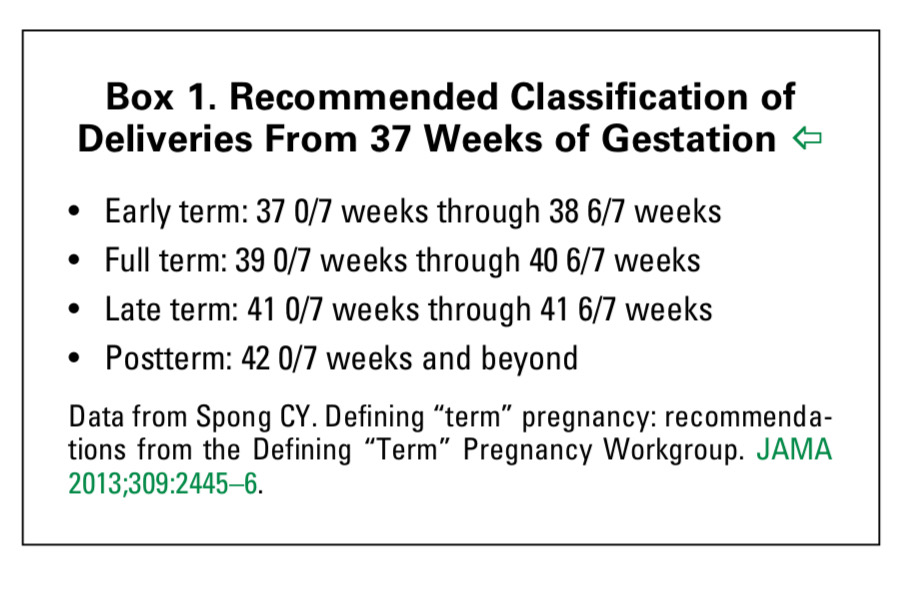For royal fans everywhere, great joy was delivered as news circled the globe Prince Harry and Duchess Meghan's baby boy was born. His Royal Highness The Duke of Sussex made the announcement to reporters via instagram (see post below and video here) and revealed few details other than he is a new father to a son who was “a little bit overdue” with a fairly average birth weight of 7lbs and 3oz. In the coming days, more information will be forthcoming on the mode and manner of birth and as of now all is apparently thankfully well with the growing family.
Before any misinformation spreads, it is important to unpack the real significance of surpassing a due date for mother and infant.

What’s in a due date?
For practical purposes in otherwise healthy pregnancies, the due date reflects the period where a baby is fully developed at term and delivery would be relatively safe as a result. Like many things in life, perfect timing yields the greatest dividends. There is a sweet spot. When a baby is delivered too prematurely, issues can arise. When too late, the same can hold true. The difference with birth and a lot of other aspects we manage navigating the world is that the stakes are much higher when falling short of achieving the goal of a healthy mother and child.
Assuming a due date is correctly identified, which believe it or not isn’t always the case even in 2019, “a little bit overdue” might have minimal significance. Without going into the weeds, it is rarely a few days that matter most but rather weeks when it comes to fetal development and the ever important lung maturity necessary to thrive outside the womb. Complications can occur when beyond a certain point in gestation too - and, this is variable for patients and the unique nature of clinical history, status and compounding factors. For example, the baby can grow larger thereby imperiling delivery and restricting movement while the amniotic fluid diminishes as does placental reserve prompting a cascade of other problems - from minor to catastrophic.
Each case is highly variable dependent on the individual clinical course of the pregnancy along with the maternal and fetal history as well as their respective clinical status. This is why what compelled delivery for one infant might not for another.
The American College of Obstetricians and Gynecologists Committee on Obstetric Practice and Society for Maternal-Fetal Medicine stratifies term pregnancy as follows (see 2017 reaffirmed position statement here):

Though after 37 weeks is considered technically term and babies born at this stage typically do quite well, recently published work in Ultrasound In Obstetrics & Gynecology concluded:
“The rate of maternal and perinatal complications increases after 39 weeks in both unselected and complicated pregnancies. The aim of this study was to synthesize quantitatively the evidence on the effect of elective induction of labor at term on the risk of Cesarean section, and maternal and perinatal outcome.”
Maternal-fetal considerations involve a delicate dance integrated into an intricate series of decisions that cause a chain reaction of events - good, bad or indifferent. So, knowing when to give a nudge like an induction or make the choice to step toward C-section or complex vaginal birth has consequences and determining the less risky path requires expertise and complete understanding of the distinct clinical course at hand. When situations are extreme, even with a perfect decision, there can be long-term disability or death.
Thankfully, however, most births are happy endings - especially now when medical progress and infection control measures have advanced.
The problem with questions like “how” and “when a baby should be born?”
The right answer is a baby should be born in the mode and manner that respects the largest stakeholders, mother and infant, in a way that optimally promotes their short- and long-term health and well-being. Due to the extreme variability in confounding factors, how that looks will be distinct for the individuals involved.
After all, it wasn't that long ago when every birth carried tremendous risks for mother and child, modern medical achievements have prevented a lot of harm.

